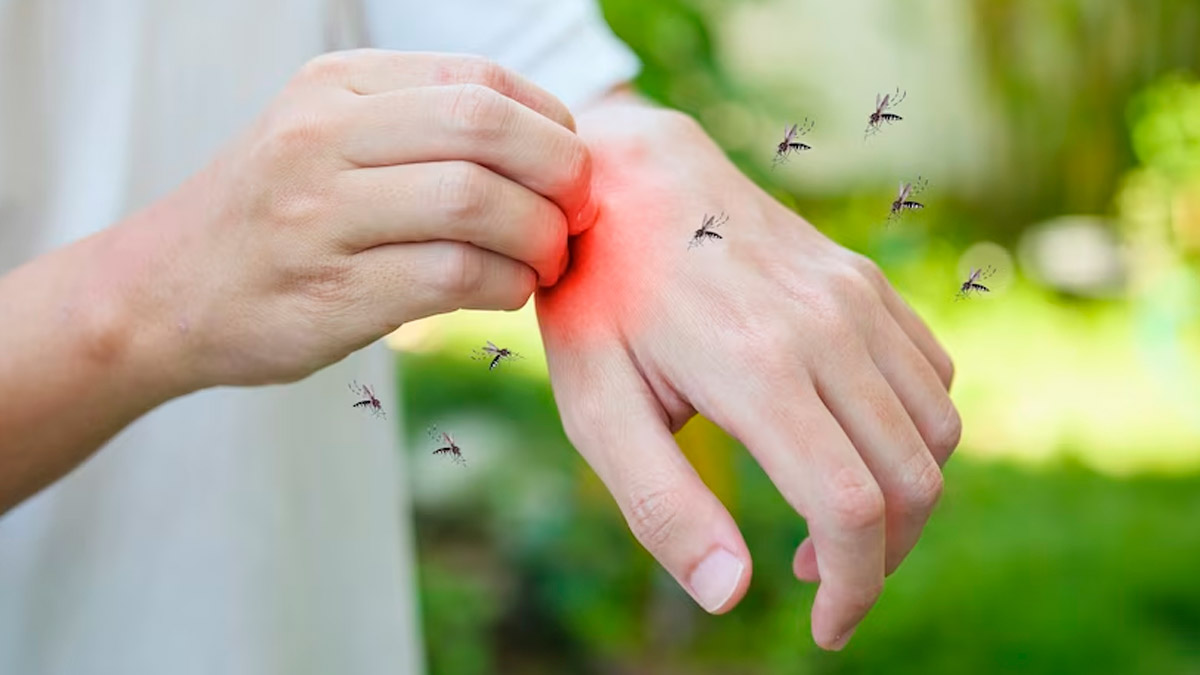
Imagine you're hiking in the woods, unaware of the tiny ticks and mosquitoes around you. Meanwhile, someone drinks water from a contaminated source without realising the danger. These situations highlight the differences between vector-borne and waterborne diseases. From malaria to cholera, these diseases have unique signs and symptoms. In this article, Dr Anurag Saxena, HOD-Internal Medicine, Primus Super Speciality Hospital, explains the differences between vector-borne and waterborne diseases.
Table of Content:-
Causes Of Transmission

Dr Saxena said, “Vector-borne diseases and waterborne diseases are two distinct categories of illnesses caused by different modes of transmission. Vector-borne diseases are transmitted through the bites of infected vectors, such as mosquitoes, ticks, or fleas. Whereas, waterborne diseases are caused by the ingestion of contaminated water or exposure to waterborne pathogens. These diseases differ not only in their mode of transmission but also in their signs and symptoms.”
According to the World Health Organization, more than 17% of all infectious diseases are vector-borne, and they account for more than 7,00,000 deaths annually.
Also Read: First Time Mothers' Guide: How To Know If Your Infant Has Malaria, Expert Weighs In
Differences In Symptoms

Vector-borne diseases, such as malaria, dengue fever, and Chikungunya, typically present with symptoms that are often flu-like in nature. Common signs include high fever, body aches, fatigue, headache, and sometimes a characteristic rash. The severity and duration of symptoms may vary depending on the specific disease and individual factors.
On the other hand, waterborne diseases like cholera, typhoid fever, and giardiasis often manifest with gastrointestinal symptoms. These may include diarrhoea, vomiting, abdominal pain, and dehydration. Also, some waterborne diseases can cause systemic symptoms like fever, fatigue, and muscle aches. The severity and duration of symptoms can vary widely based on the specific pathogen involved and the individual's immune response.
According to research published by Pathogens, more than 2.2 million deaths are reportedly caused by waterborne disease each year, and more cases of illness, such as diarrhoea, gastrointestinal disorders, and systemic illnesses, are said to occur every day.
How Do They Impact People
Dr Saxena said, “It is important to note that vector-borne diseases primarily affect individuals who have been bitten by infected vectors. On the other hand, waterborne diseases can impact a larger population through contaminated water sources or inadequate sanitation.”
Also Read: Typhoid Diet: Do’s And Don’ts For Recovery From Typhoid
How To Prevent These Diseases

Prevention and control strategies for vector-borne and waterborne diseases differ due to their distinct modes of transmission. Preventing vector-borne diseases often involves measures, such as using insect repellents, wearing protective clothing, and eliminating mosquito breeding sites. In contrast, preventing waterborne diseases requires access to clean and safe drinking water, proper sanitation practices, and adequate water treatment.
Bottomline
Dr Saxena concluded, “Vector-borne diseases and waterborne diseases differ in their mode of transmission and the associated signs and symptoms. Recognising these distinctions can aid in early diagnosis, appropriate treatment, and effective prevention strategies for these infectious diseases.”
Disclaimer
The information in this article is provided by the expert and is solely for informational purposes only. Hence, we advise you to consult with your expert for a treatment catered to your needs and body type.
Also watch this video
How we keep this article up to date:
We work with experts and keep a close eye on the latest in health and wellness. Whenever there is a new research or helpful information, we update our articles with accurate and useful advice.
Current Version